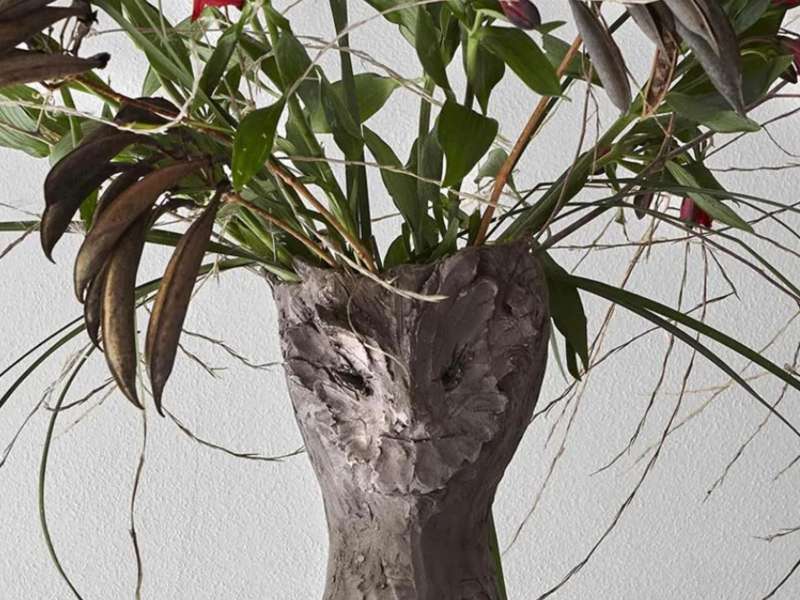
Chiara Camoni: art as a link between nature and spirit
One of the most prominent Italian artists of her generation, Chiara Camoni focuses her practice on various mediums, from drawing to plant prints, from video to sculpture, with particular attention to ceramics.
もっと読む